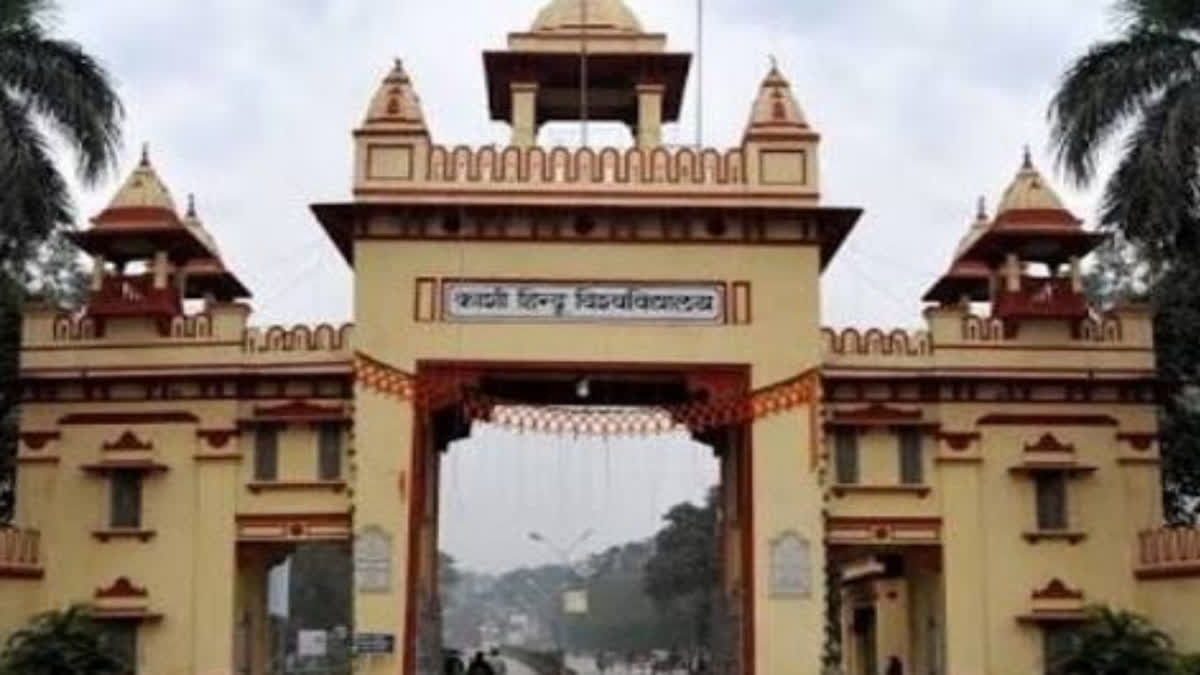Varanasi (Uttar Pradesh): Scientists from the three interdisciplinary departments of the Banaras Hindu University (BHU) have been researching the human brain. Researchers from the neurology department, visual arts and archaeology department are jointly working on the development of the human brain in the next hundred years.
In the next hundred years, how the human brain will function and what new things people will discover will be the focus area of research. The research findings suggested that in the past 0.20 million years, the human brain size has not only increased, but its working skills have gone up manifold. The anatomy of the human brain has changed remarkably in the past 0.20 million years. In ancient times, the human brain was capable of making rock tools. Now, the human brain is making satellites.
Professor Vijay Nath Mishra of the University's Neurology Department is heading the interdisciplinary department working on the human brain. The university's archaeology department's Jose Rafel and Santosh K Nayak of the Visual Arts Department are part of the research team.
Professor Vijay Nath Mishra talking about the research on the human brain, said "We are working on a project to understand the human brain and its gradual development during the past three million years. The size of the human brain was increasing for the past 1.8 million years. But, the human brain size stopped increasing over the past 0.20 million years. Paintings or drawings made on rocks will be part of the study to understand the human mind."
Also read: 14 scientists from IIT-BHU in world's top 2 pc scientists' list by Stanford University
"What was the anatomy of the human skull will be a focus area of research. In India, we do not find fossilised human bones because our country's climatic conditions do not permit bones to survive. The bone perishes," said Mishra. "But in African countries fossilised human bones can be found. So, what was the anatomy of the human brain around 0.20 million years ago or one million or two million, we did not know about it. Hence, our research is focused on what the human brain's application was in ancient times and how it progressed gradually. That's why we are taking the help of the archaeology and visual arts department to study the human brain," he added.



